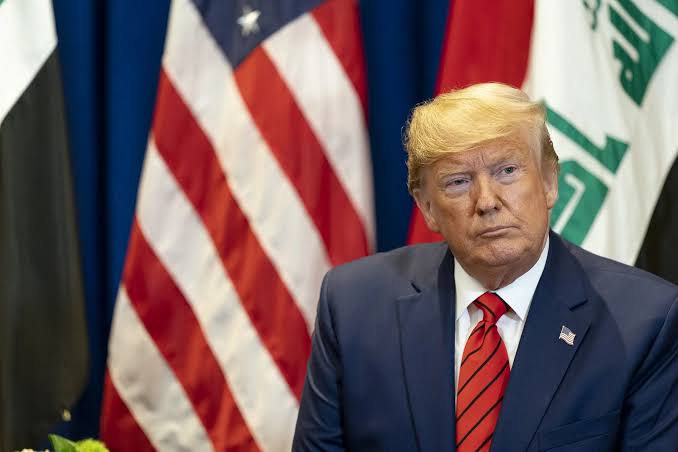New trade policies introduced by Donald Trump are expected to reverse global trade progress this year and dampen economic growth, according to a new forecast.
Initial projections had estimated a 2.7% increase in global goods trade for 2025. However, due to the implementation of widespread tariffs by the U.S., that figure is now expected to decline by 0.2%.
The most alarming aspect of the forecast is the steep decline in trade between the United States and China. Without exemptions for technology products like smartphones, trade between the two countries could drop by as much as 91%, signaling a major economic split with wide-ranging consequences.
Read more news:
Minister of Police engages stakeholders on state of policing in Nelson Mandela Bay
Global GDP, previously projected to grow by 2.8% this year, is now expected to slow to 2.2% due to increased tariffs and economic uncertainty. The U.S. has implemented a blanket 10% tariff on all imports, with much steeper charges on Chinese goods—reaching up to 145% on items such as steel and automobiles. These measures are anticipated to hit U.S. trade volumes hardest, while trade in other regions may still grow.
Although a 90-day pause was announced for some of the most aggressive tariffs, further reimplementation could push global trade down by 0.8%. A worst-case scenario, involving heightened global trade uncertainty, could result in a 1.6% decline and push global GDP growth down to just 1.5%.
The unpredictability surrounding U.S. trade policy is seen as a key risk. Shifting announcements and unclear direction from Washington have made businesses more cautious, dampening investment and planning. This growing hesitation could weaken long-term economic momentum.
In response, China is expected to redirect its exports to other parts of the world. Trade between China and regions outside North America may rise by 4% to 9% in 2025, as Beijing looks for alternative markets.
Even though Trump’s tariffs mainly target goods, the services sector could still be indirectly affected. Weaker goods trade reduces demand for related services like shipping and logistics, while uncertainty may curb spending on travel and delay investment in service industries.
The tariffs also clash with the principle of equal trade treatment among countries—a central rule of the international trading system. This approach has drawn criticism for undermining long-standing trade norms.
China has voiced strong opposition to the new tariffs, warning that retaliatory measures will ultimately harm the U.S. economy itself.

